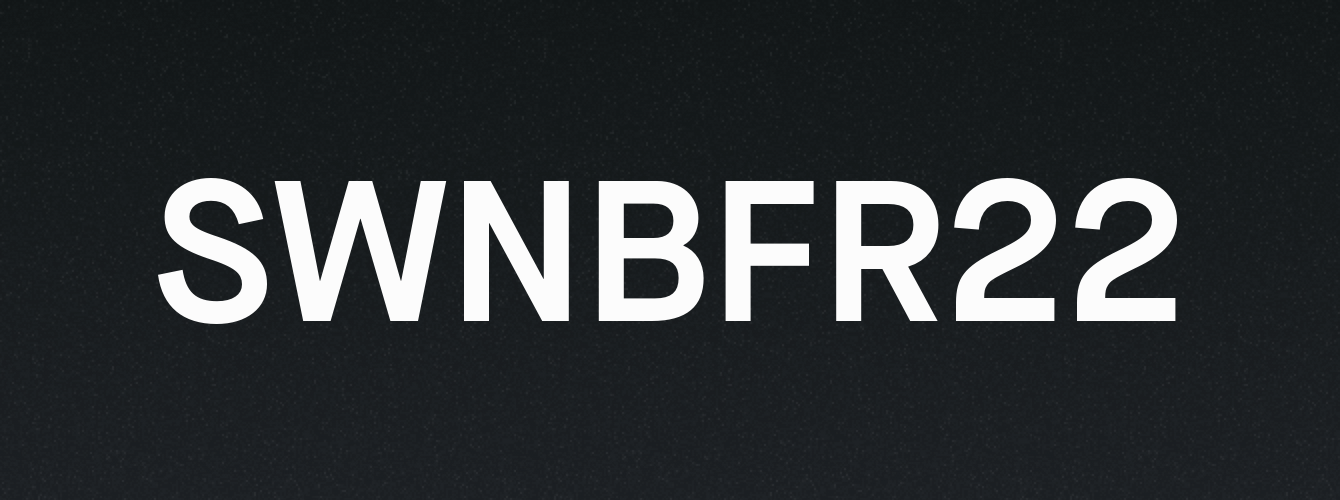Some problems you don’t even realize you have until someone points out there’s a better way of doing things.
Let’s talk about account reconciliation.
You know when you sit down to check your bank account to see if your monthly salary has arrived? Or to check that your friend who owed you money has paid you back? Ever had to compare your customer bills with incoming payments to make sure they match up? That process is reconciliation.
Anyone with a bank account that receives payments has done it. For individuals, it’s an occasional obligation. For companies with massive amounts of payments coming in from multiple clients, it’s a huge task that involves long laborious processes and ongoing resources.
Here’s a little story to illustrate the problem:
Some years back, Swan COO Nicolas Saison was in charge of payments at a major French utility company. When it comes to public utilities, incoming payments come in steadily and heavily. For clients who chose to pay by transfer, they usually enter a short reference to facilitate reconciliation (like a client code). But of course, people often mess up with this type of data entry. We all know what it’s like to squint at 0s and Os, wondering which is which… 🧐
This type of error can cause big technical problems. For example, sometimes a received payment doesn’t show up in the accounting records at all. So imagine you’ve got tens of thousands of payments a month to comb through as Nicolas’ company did. To deal with this, they employed a small army of accountants who worked full-time, painstakingly dealing with reconciliation. Ouf.
So, Nicolas had the idea to eliminate the tedious task of reconciliation by automating this process with virtual IBANs.
At Swan, we provide our own IBANs. We’re really proud of it.
Tons of prestigious payment establishments — Fintech friends and colleagues around the globe — don’t provide their own IBANs.
As for virtual IBANs, big banks only offer this service to their biggest clients. Swan provides virtual IBANs to any company that can benefit from them. It’s something that makes us unique, and it’s a real pride point for us.
All about IBANs (the regular kind).
An International Bank Account Number (IBAN) comes hand in hand with a Bank Identifier Code (BIC). Think of your IBAN as your account number, and your BIC as your postcode or sort code. The IBAN+BIC combo lets banking services like Swan deliver payments to their destination safely — all across Europe.
An IBAN is made up of up to 34 letters and numbers, and each set of characters represents a different detail for your account.
Here is a breakdown of IBANs at Swan:
FR76 1732 8YYY YYXX XXXX XXXX XYY
When a company becomes an IBAN provider they get to choose their own BIC. This identifier helps banks communicate with each other. Swan’s is SWNBFR22:

Now, what are virtual IBANs?
At Swan, when you open up an account for your company, it is automatically assigned a main IBAN. You can then add limitless more IBANs onto that same account; these are your virtual IBANs. Unlike the main IBAN, virtual IBANs only serve to receive payments, not make them. They’re essentially phantom IBANs, and they’re a lifesaver for accountants.
Using Virtual IBANs for automated reconciliation.
- Give each client a unique virtual IBAN. They’ll send their payments to this IBAN
- All payments made to the virtual IBANs are actually received on the main account
- When payments arrive on your main account
- you can be 100% certain who provided each payment (the virtual IBAN is the identifier)
- you can identify the reason a payment was made, facilitating straight-through reconciliation! 🙌

You can use virtual IBANs to receive payments per client (as described above), per product, or per service. Accountants’ jobs become so much easier!
Instead of using virtual IBANs to automate accounts reconciliation, you might wonder “Can’t I just open up a new account for each individual client?” Sure. You can. But banking fees seriously add up when you have tons of accounts. It’s so much easier to open just one account and add (limitless) virtual IBANs to that account.
Once you’re aware of it, virtual IBANs for reconciliation seems an obvious hack. Still, back in the day, Swan COO Nicolas Saison had a tough time finding a good virtual IBAN supplier for his company. When he teamed up with Swan CEO Nicolas Benady to build the next big BaaS in 2019, it was clear that virtual IBANs should be a major feature.
Companies routinely taking in loads of payments can leverage virtual IBANs to free up time, money, and manpower.
Any company can work directly with Swan to automate their own accounts reconciliation. If a company is taking in a constant flow of payments, they already have massive accounting needs. Automating reconciliation with virtual IBANs will let them put their resources into other areas. And accounting personnel will be able to put their time and effort towards more fulfilling tasks.
Companies that help other companies are especially well placed for this solution. Think of SaaS companies that deal with finance or accounting. Accounts reconciliation is a big part of their service, so being able to automate that would be transformative.
In addition to IBANs, Swan lets companies provide white-labeled cards. We are all about cards these days; we’ve just made our very first transactions!
If you’re wondering whether your company should provide branded payment cards, stay tuned. We’ll talk about the many ways you can use them, and how to get started! 👋






